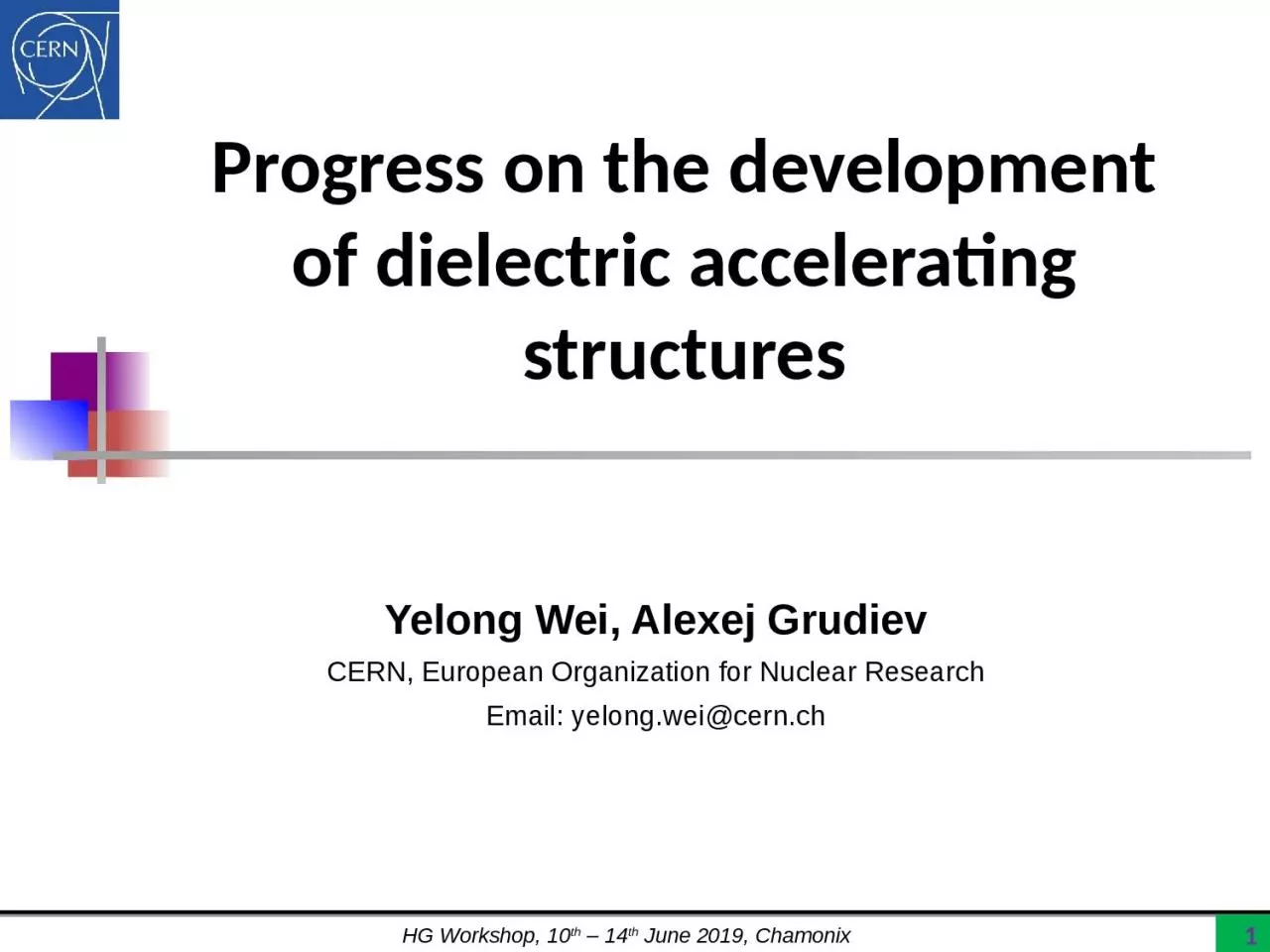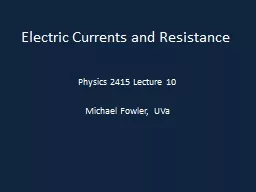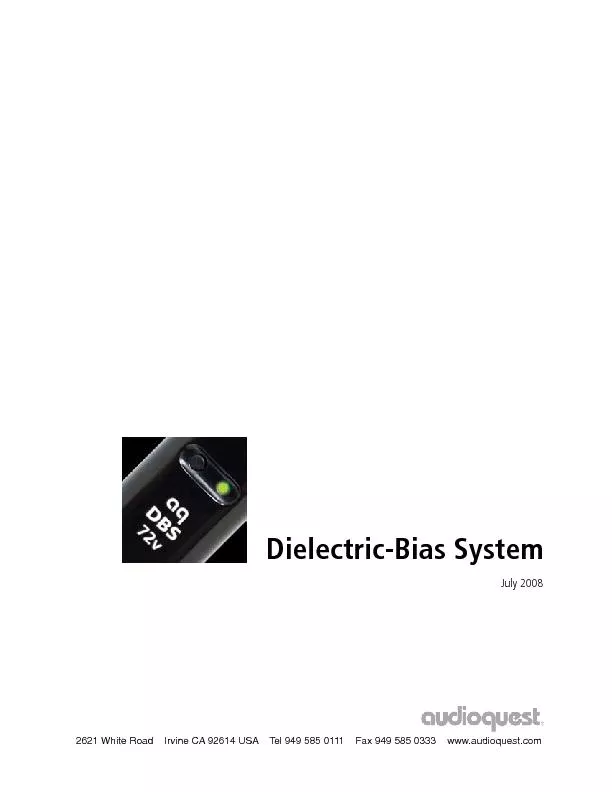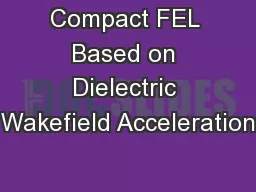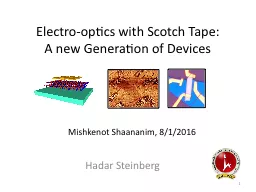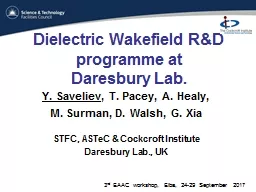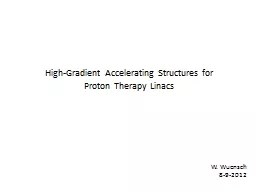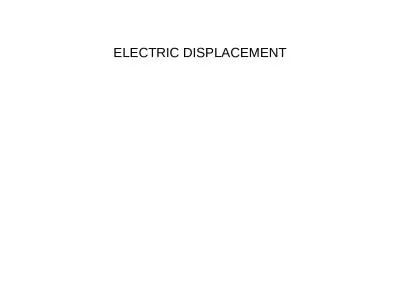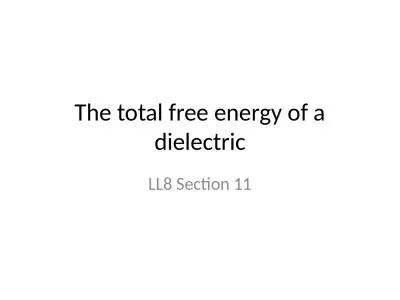PPT-Progress on the development of dielectric accelerating structures
Author : emma | Published Date : 2022-06-28
Yelong Wei Alexej Grudiev CERN European Organization for Nuclear Research Email yelongweicernch 1 Outline Background amp Introduction DielectricLined Accelerating
Presentation Embed Code
Download Presentation
Download Presentation The PPT/PDF document "Progress on the development of dielectri..." is the property of its rightful owner. Permission is granted to download and print the materials on this website for personal, non-commercial use only, and to display it on your personal computer provided you do not modify the materials and that you retain all copyright notices contained in the materials. By downloading content from our website, you accept the terms of this agreement.
Progress on the development of dielectric accelerating structures: Transcript
Download Rules Of Document
"Progress on the development of dielectric accelerating structures"The content belongs to its owner. You may download and print it for personal use, without modification, and keep all copyright notices. By downloading, you agree to these terms.
Related Documents

